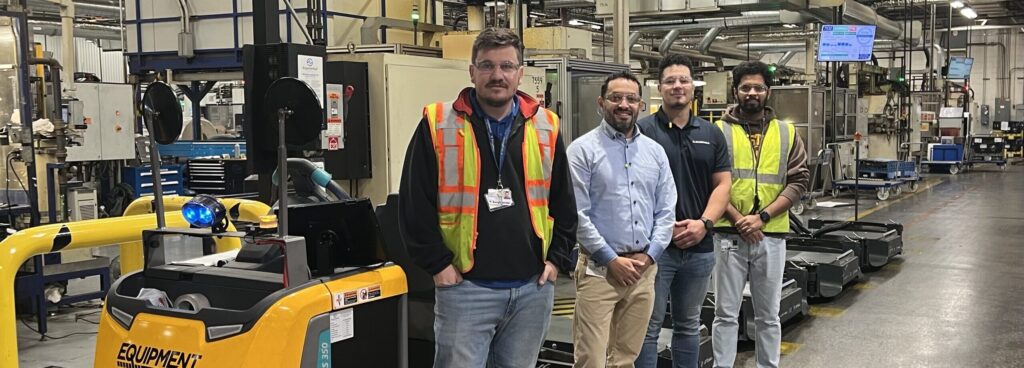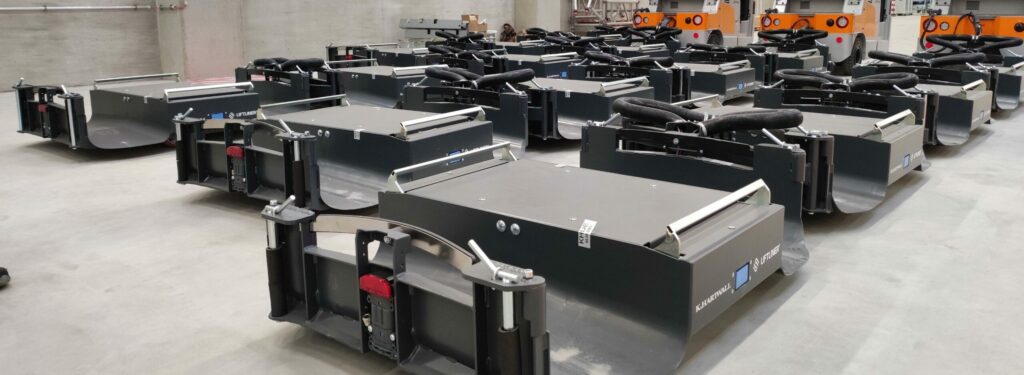In manufacturing, we put a lot of energy into improving production—faster machines, fewer defects, better planning. But there’s one area that often gets overlooked: how materials move inside the factory. This everyday movement, known as intralogistics, might not seem like a big deal—but when it’s inefficient, it quietly creates delays, extra costs, and missed opportunities.
It’s Not Just About Moving Things
If you’ve ever seen a production line stop because the right parts didn’t arrive on time, or workers walking long distances to find tools or materials, you’ve felt the effects of poor intralogistics. These issues don’t always stand out in reports, but over time, they add up—to lost time, higher labor costs, and lower output.
Even small problems—like having different sizes of load carriers that don’t fit with your equipment—can create frustration, slowdowns, and extra handling. And as factories push for more flexibility and speed, these small issues become bigger barriers.
Why Intralogistics Matters More Than Ever
The way materials move inside your facility connects everything—from receiving and storage to production and shipping. When that movement is smooth, your entire operation runs more seamlessly. But when it’s clunky or unpredictable, the impact is felt everywhere. Good intralogistics helps you avoid delays and unplanned downtime, use your workforce more efficiently, keep production flowing steadily, make better use of space and equipment, and improve safety while reducing manual strain. In short, better material flow leads to better results—without the need to change your core production processes.
Three Ways to Start Improving
You don’t need a full redesign to fix intralogistics. Often, it’s about making a few smart changes that bring immediate benefits. Here are three simple places to start:
- Use standard load carriers
When you use the same types of roll containers or pallets across your operation, it’s easier to move things efficiently—whether manually or with automation. It reduces errors and makes planning easier. - Look at your material routes
Are your paths clear? Are materials zigzagging across the floor when they could go in a straight line? Could some routes be handled with tugger trains or mobile robots? Small layout changes can have a big impact. - Support your people
Good intralogistics takes pressure off your team. Less walking, fewer unnecessary touches, and clearer routines all make for a smoother day on the floor—and fewer chances for things to go wrong.
A Quiet Fix That Makes a Big Impact
Intralogistics doesn’t always get attention, but improving it can unlock big value. It’s one of those areas where a little effort goes a long way. And as manufacturing gets more complex—with smaller batches, faster timelines, and tighter margins—how you move materials is just as important as what you make.
So next time you’re walking the floor, take a moment to watch the flow. Are materials arriving where they need to be, when they need to be there? Or are there delays, detours, and distractions?
If it’s the latter, it might be time to take a closer look—and make your internal movement a strength instead of a struggle.



